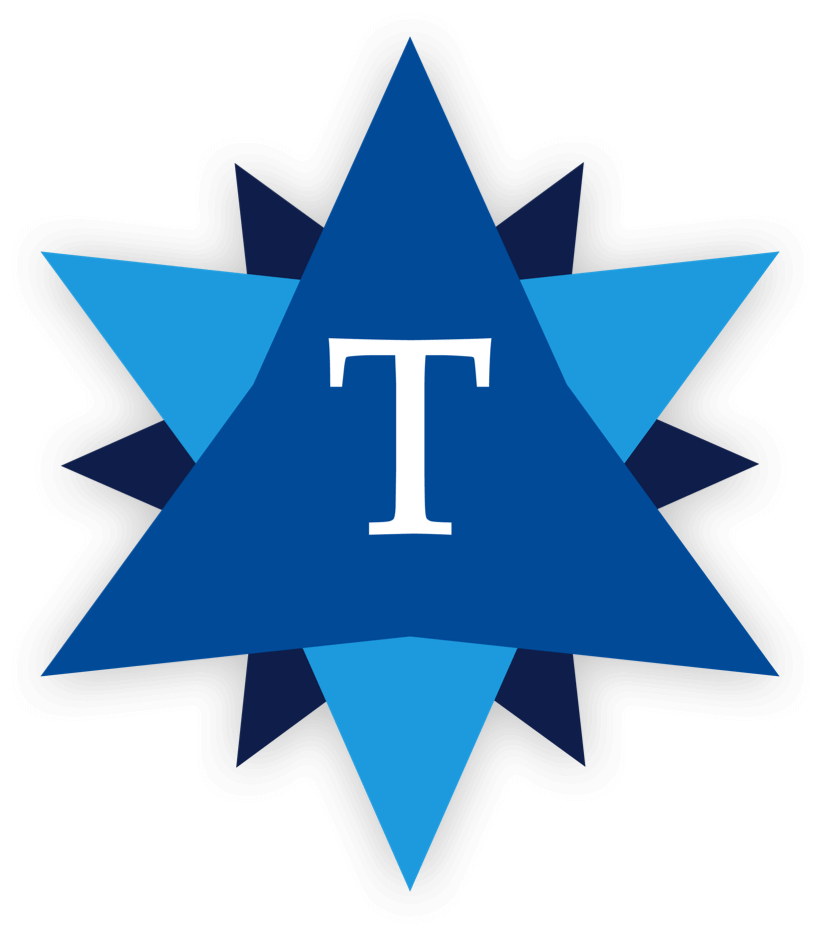Easing Out of COVID-19: Three Things for IT Leaders to Focus On
Former Tambellini Analyst

For much of higher education, the descent into the current COVID-19 state looked—and for those in the midst of it, may have felt—a little bit like a crash landing.
Many institutions began engaging in continuity planning weeks in advance, but when the decision was made to “go remote,” first for instruction and then for administration, the effect was swift. While some colleges and universities had a week or several to make the transition to remote learning, given where they were in their academic calendar, other institutions made the shift online in a matter of days. Remote work was even more instantaneous, with some institutions shutting down mid-workday and sending their employees home with little to no notice.
Institutions acted swiftly in the face of highly uncertain and rapidly evolving circumstances and should be commended for responding as quickly as they did. But this quick action was not without its consequences.
As states now outline their plans for reopening and as higher education leaders think about returning to campus, it would be easy to ‘crash out’ of the COVID-19 state as quickly as you entered into it, with similarly unintended consequences. Nearly everyone, it seems, is eager to gain some sense of normalcy back in their lives.
Whether the move back to campus comes quickly (or not!), IT leaders can begin preparing now to ease the transition out of the current state by focusing on three things.
1. Your Undo List
COVID-19 hit and decisions were made, or things may have just happened organically. Now is the time to start thinking about what got done that needs to be undone, when you make the shift back to campus. This might include things like cancelling extra licenses, adding or removing permissions, reinstating security settings, and rolling back systems or services. Some of these things may be easy, and others may require putting the proverbial genie back in the bottle. Start making that list now and begin planning not only how you will unwind these changes, but also how you’ll communicate them.
2. New Workplace Norms
States are putting out guidelines for ‘return to work’ conditions, and technology leaders will need to think critically about what this means for personal workspaces, shared workspaces (whether open offices, meeting, or collaboration spaces), the service desk or other service centers, lab spaces, and more.
- Will employees alternate working in the office and from home to reduce density?
- Do you need plexiglass or other barriers in service spaces?
- What cleaning standards and schedule will you need to adopt for public computing spaces?
Additionally, and perhaps more importantly, IT leaders should consider social-emotional ‘norms’ in the workplace and be intentional about crafting a plan to help employees connect and engage in new ways. Daily (face-to-face) stand-ups, watercooler chatter, and social hours may be a thing of the past for the foreseeable future…so what replaces them?
3. Shifting Your Strategy
There is no end to the technology needs on most campuses, and it might be tempting to pick back up where you left off on your IT strategy, projects, and plans when you return to campus—or even as you settle into this remote work environment. Resist that urge. While some institutions may need to revisit strategic plans for budgetary reasons, even without budgetary constraints it is important to consider what may have changed as a result of COVID-19, and how you wish to shape the future vis-à-vis your technology priorities and selections. Many institutions are already prioritizing cloud services, but which ones will produce the greatest value for your institution? Business process transformation is likely to rise on the priority list, and you may also wish to consider changes to your on-campus infrastructure plans. For example, should your classroom technology standard evolve to include functionality for students to engage virtually, alongside their face-to-face peers?
IT leaders did a herculean job helping their institutions make the rapid shift to remote teaching and work. By focusing intentionally on these three areas, you can make the transition out of this current state a little easier and smoother than it was to get there.
Note: If you’re a Tambellini member, we’re here to help. We can review or advise on your “undo” list, talk through strategies for engaging your teams in the ‘new normal’ environment, work with you on a longer-term strategy revision, and/or help with many other technology strategies, priorities, projects, and plans.
Categories
Share Article:

Other Posts From this Author:
© Copyright 2025, The Tambellini Group. All Rights Reserved.